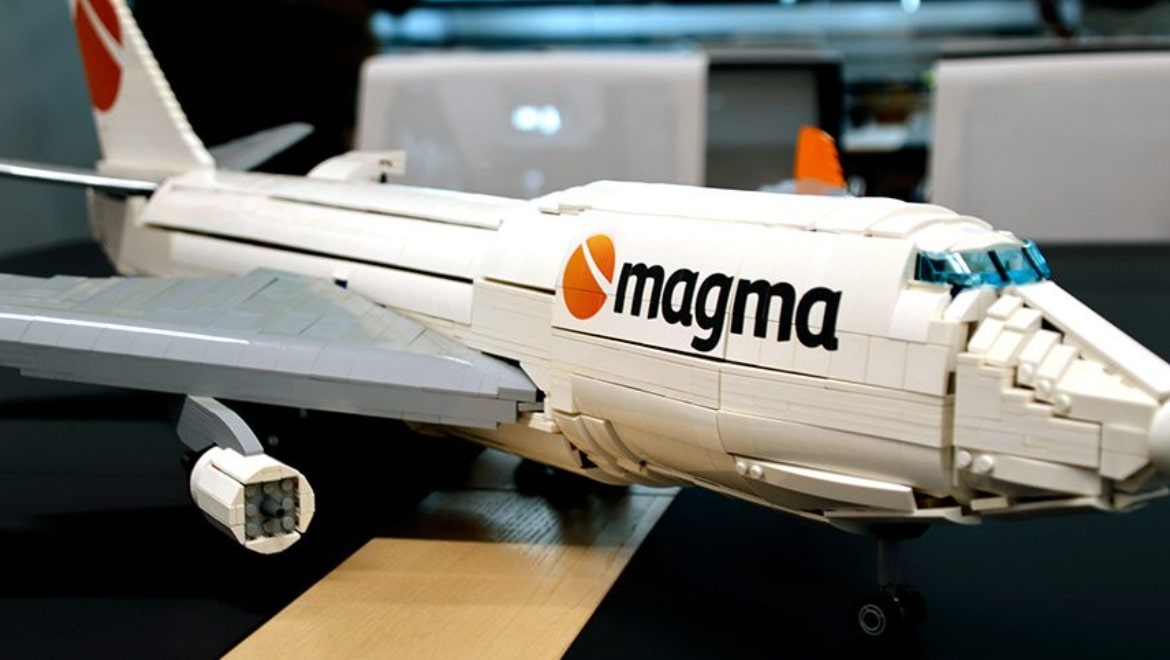
The Boeing 747 has been an inspiration to those who have loved aviation since its launch.
This is especially true for 16-year-old Silas De Kunst from Belgium, who presented his Lego recreation of the Queen of the Skies to European cargo handler Magma Aviation.
This 6,000-piece model measures almost one metre in length and has a wingspan of 84 centimetres. In total, it took him six months to build. When asked why the 747 was his inspiration for such a feat, De Kunst said it was the first aircraft he saw up close.
“It left an impression on me that I couldn’t forget,” he said. “It is such a recognisable plane that really made a difference to the world of aviation. It was first built when people couldn’t even imagine an aircraft this size. It’s a dream of mine that one day I might be able to fly on one.”
The model will be proudly displayed in the Magma Aviation boardroom.
The jumbo jet was launched during a time of rapid commercial flying growth.
Being two times larger than its predecessor, the 707, and having the ability to travel further with less fuel and more passengers, it didn’t take long for the aircraft to dominate the industry.
Initially designed in the hopes of securing a military contract, the classic aircraft has a nose-loading cargo pit with easy access to the main deck.
When designing the aircraft, Boeing knew that the 747 had to be future proof. With the aviation industry believing that supersonic travel was the way forward, it provided speed and efficiency that accommodated a growing demand for international travel at cheaper prices.
World of Aviation reported in August how Atlas Air will receive the last ever delivery of a Boeing 747F later this year when the final production stage is completed, marking the end of an era in the aviation industry.
The 747’s retirement from the Boeing fleet comes after over 50 years of continuous production since the aircraft’s first flight in February 1969.
The 747 become an early staple within the fleets of many of the world’s largest airlines, including KLM, British Overseas Airways Corporation, Qantas, and Japan Airlines.
Despite its age, the 747 competed well against more modern competition, such as the Airbus A380. Boeing updated the aircraft throughout the years, introducing new variants and stretching its length.










